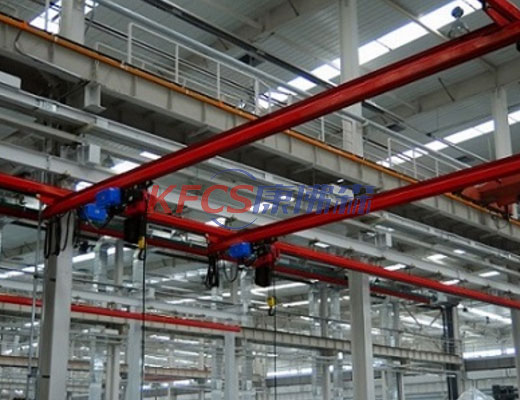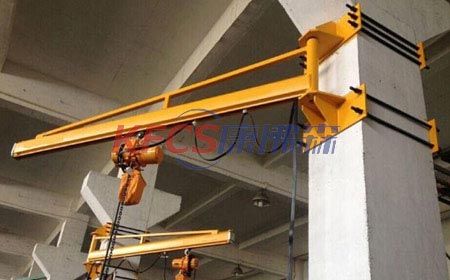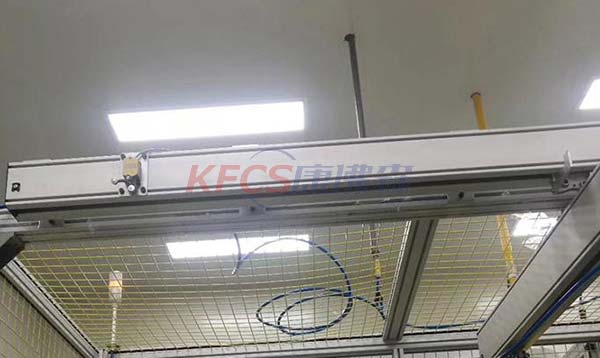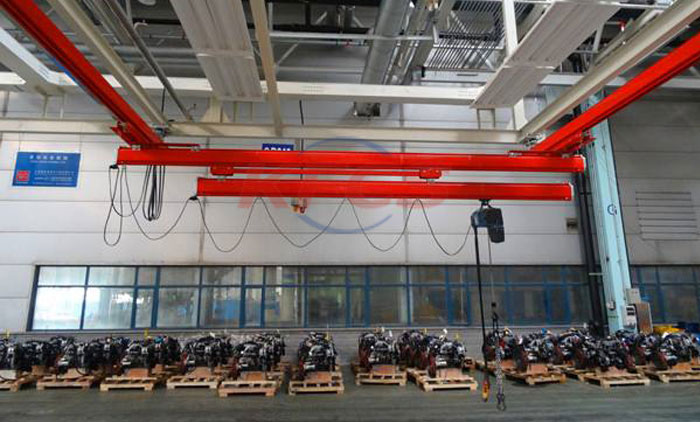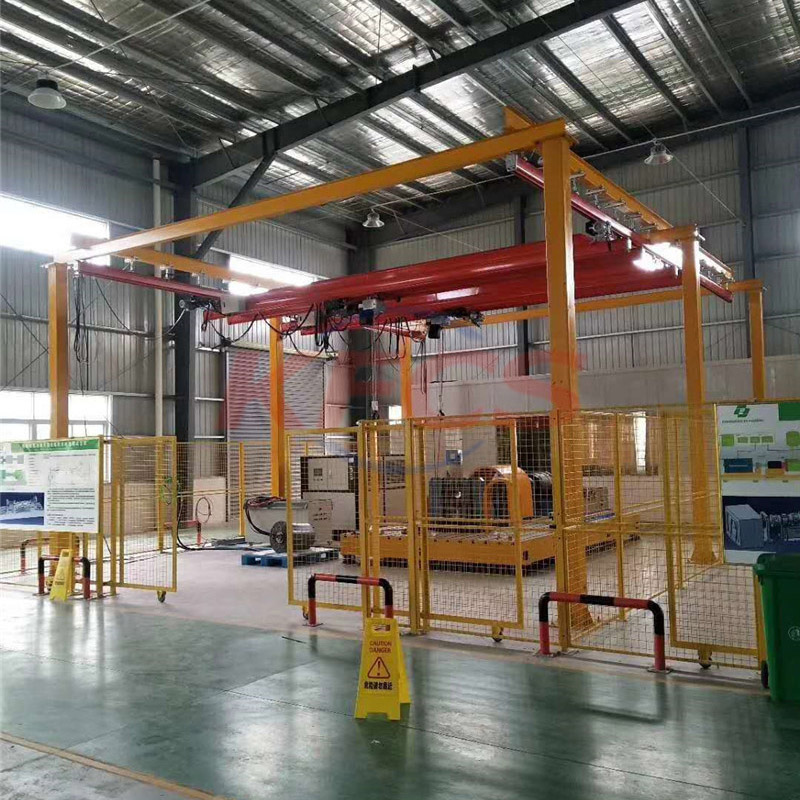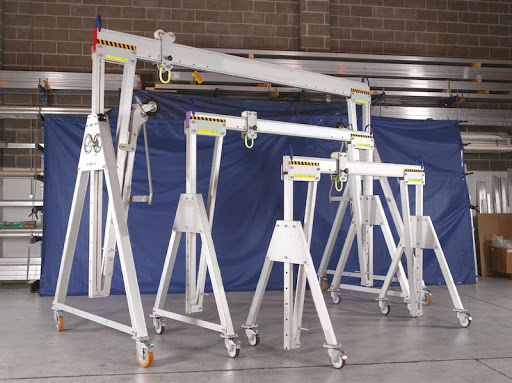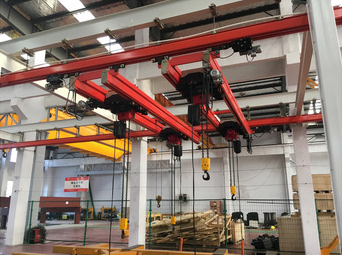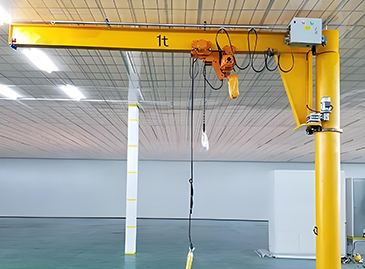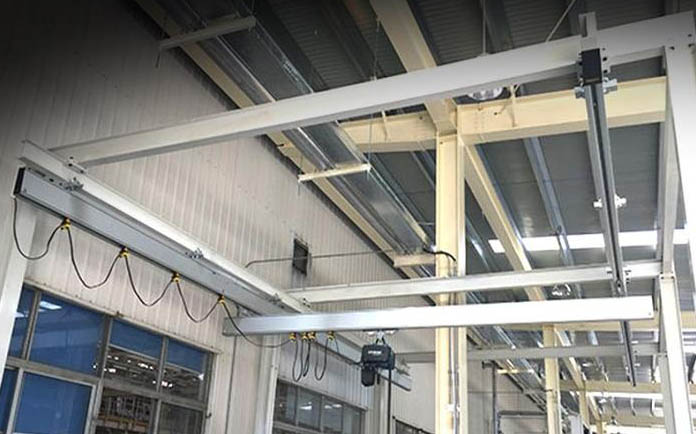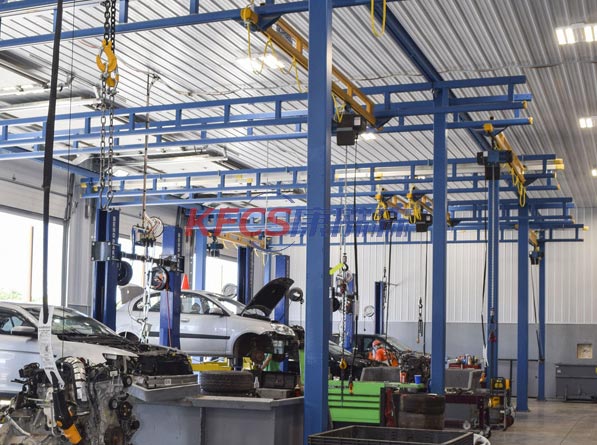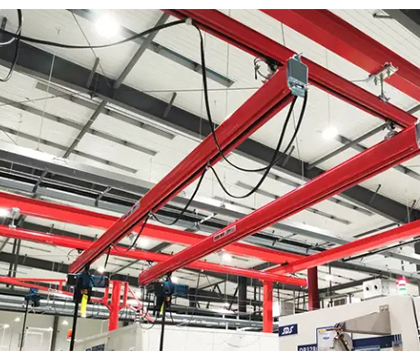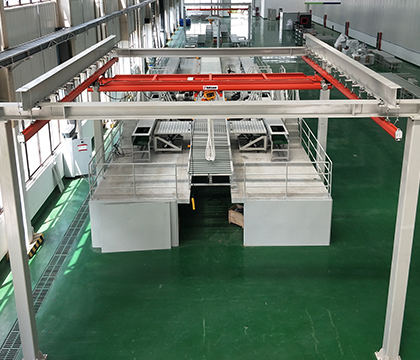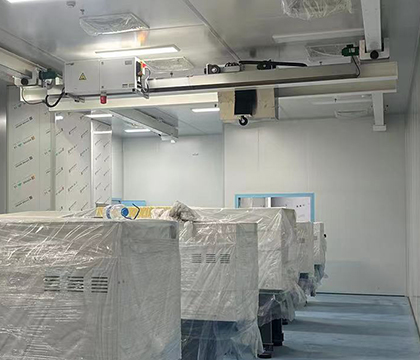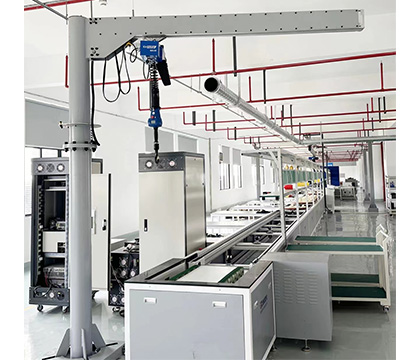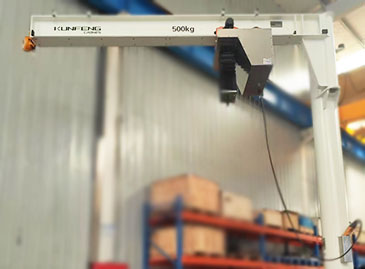“As a kind of track for hoisting equipment, KBK rails system can effectively ensure the stability of the equipment and has an important impact on the normal and stable operation of the crane. However, KBK rail system has many standards and precautions during installation.”
As a kind of track for hoisting equipment, KBK rail systemcan effectively ensure the stability of the equipment and has an important impact on the normal and stable operation of the crane. However, KBK crane system has many standards and precautions during installation. Let's learn more about them.
Safety Issues Requiring Attention When Using KBK Track Crane 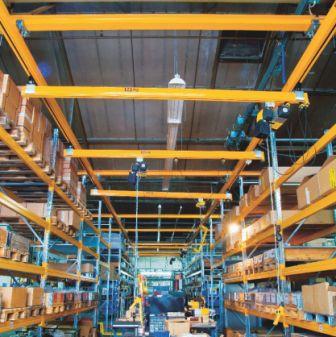
1. Before operating the KBK rail system, it's crucial to thoroughly inspect the crane system for any damage. If damage is found, prompt repairs are essential to ensure the equipment functions normally and stably.
2. Only a specialized trolley should be used on the KBK track; personnel must not ride in the trolley. Additionally, lifting operations should not occur while personnel are underneath to prevent any risk of falling objects.
3. Operators must follow standard instructions for machine use, ensuring the pulling direction aligns with the track as closely as possible. Avoid pulling the trolley at an angle to prevent rollover accidents.
4. Lifting operations should only proceed after confirming the load limit of the KBK rail, as excessive loads can damage the equipment and jeopardize safety.
5. If any irregularities occur during operation, halt the machine immediately to prevent further damage. After stopping, seek maintenance from qualified personnel; do not disassemble the equipment without authorization.
KBK Rail System Installation Standards
1. Nuts used in track installation must be at least grade 8.8 to prevent loosening during operation.
2. The secondary protection installation hole should be positioned near the lifting point, ensuring that the steel wire rope is not under tension and that it passes through the trolley above.
3. Limit screws should be installed at both ends of the track's end covers to provide effective protection against impacts, ensuring adequate resistance.

